Story by staff, and color photos by Gianni Petta
Gianni Petta, known for his wonderful Targa Florio dioramas, sent along a series of photos of a variety of Siatas, all taken in Italy, at the Targa Florio or the Mille Miglia vintage avents in the past few years. This prompted us to recall a very thorough road test of the Siata Gran Sport conducted by a rare early sports car magazine, which we quote from below. And why was it called a Gran Sport and Daina at the same time?
The Siata Daina, the early 1950s version, was based on the Fiat 1400. Many were imported to the U.S. and also called Gran Sports. Of interest was the Siata’s name, Daina, often misspelled as Diana, of course. Or was it, on some models, Diana? And what did it stand for? There seems to be no Italian translation for the word Daina. Gianni Petta thinks it was just a name that came up for no particular reason. In his landmark book on the Otto Vu, Tony Adriaensens doesn’t clarify the nomenclature either. Some have offered that it meant gazelle or deer. We just don’t know. Can readers help?
We found a revealing road test of the 1400 Gran Sport in the May 1952 issue of Auto Speed and Sport, a Petersen publication edited by Walt Woron. John Edgar had recently purchased a Gran Sport and when it was road tested by Dick Van Osten, it had about 1000 miles on the odometer. It was raining and they had the rare opportunity to erect the canvas top, which they were impressed to find that it actually protected the occupants from the elements, although it took “a lot of arms to erect it in any short span of time.”
The relatively stock (aside from two downdraft Webers on a Siata manifold) Fiat 1395cc engine allowed the Siata to cruise all day at 70-80 mph and they recorded a top speed of 89 mph with no roughness even at 6000 rpm. Not bad for an under 1500 cc engine back then or even today. They also noted that while the Fiat four speed gearbox came with a steering column shift, Siata changed it to a floor shift arrangement which worked pretty well. Acceleration figures were 0-30 in 4.85 seconds, 0-60 in 19.86, and 0-80 in 30.84 seconds.
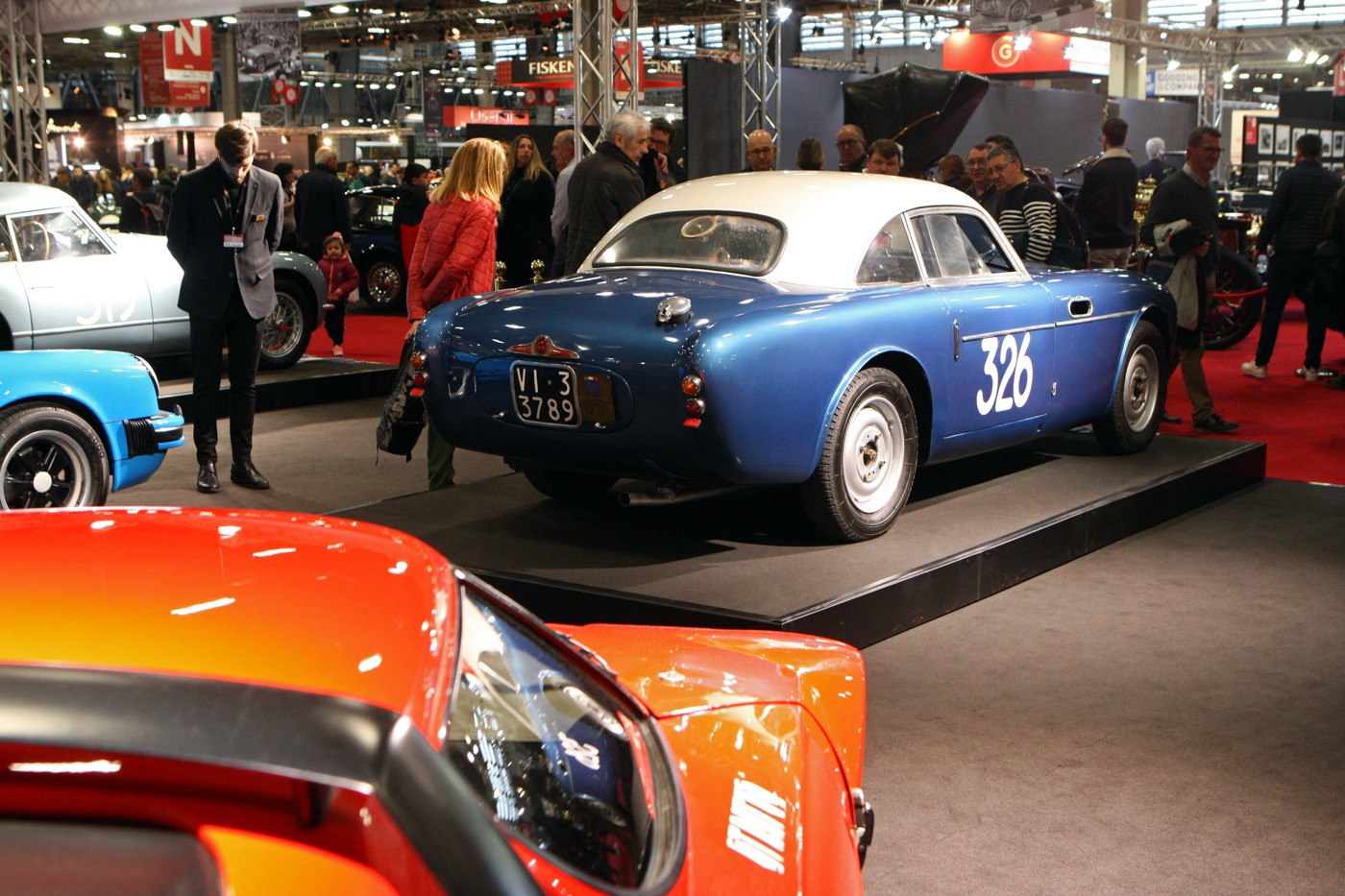
Stabilimenti Farina constructed only two Siata Daina Sports in aluminum. This example dates from 1952 and comes with an early competition history. Photo by Jonathan Sharp. Click on photo for full story from RetroMobile.
Overall length was 152 inches, wheelbase 94 inches, with a weight of 2000 lbs. Surprisingly, they stated that the Stabilimenti Farina body was steel, not aluminum. As Jonathan Sharp noted in his report from Retromobile, apparently Farina only made two Dainas with aluminum body (read report). As with the stock Fiat, the front suspension was independent double wishbones with coils and the rear was a well-located standard axle with coils springs. A five speed Siata gearbox was optional and so were Borrani wire wheels.
“There were very few negative qualities that I could find in the Siata,” wrote Ostend with perhaps a hint of irony. It needed padding for the top bows, undercoating for the body to eliminate drumming, the shift lever needed relocating, and the instrument faces were poorly designed. The speedometer was exactly ten mph fast at all readings. And the cost? About $4000. That would be roughly $40,000 in today’s depreciated dollars.
Below are a few more Siatas of various types, found in Italian events in recent years, courtesy of Gianni Petta of Sicily.
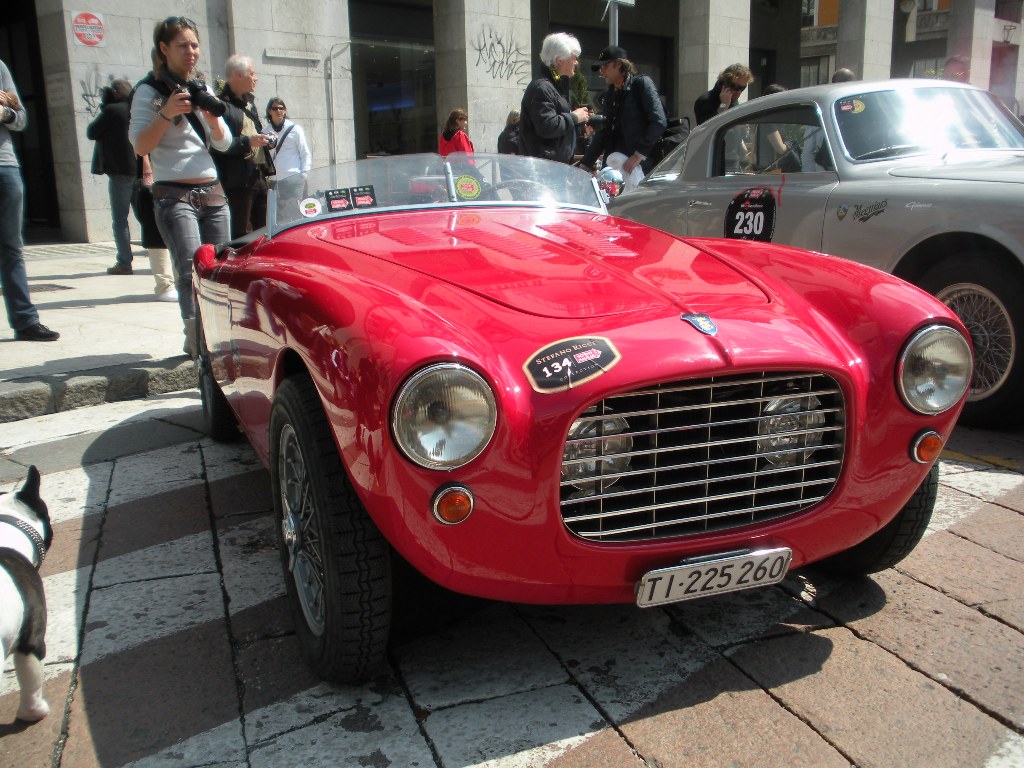
A 300 BC from 1950, also photographed at the 2010 Mille Miglia. This model was designed by Mario Revelli of Beaumont for Bertone who built the bodywork and then exported almost all of them to America, and had great success among the local drivers who called it the “baby Ferrari” for the excellent road holding and engine power.
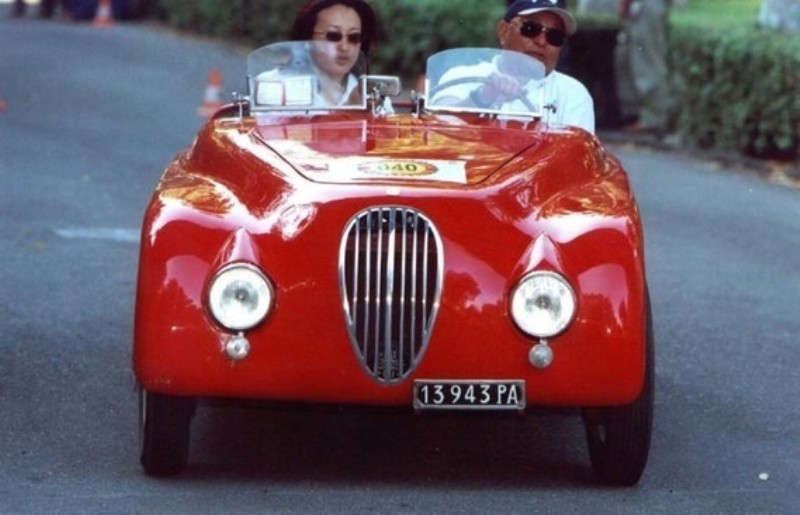
In Palermo until the late 80s there was a Siata 750 sport that in 1948 participated in the Tour of Sicily Targa Florio. This small Siata was then purchased by the Lombardo brothers, who ran a sports training workshop and were talented drivers, well known in Palermo. In the late 1980s, it was sold to a Japanese enthusiast.
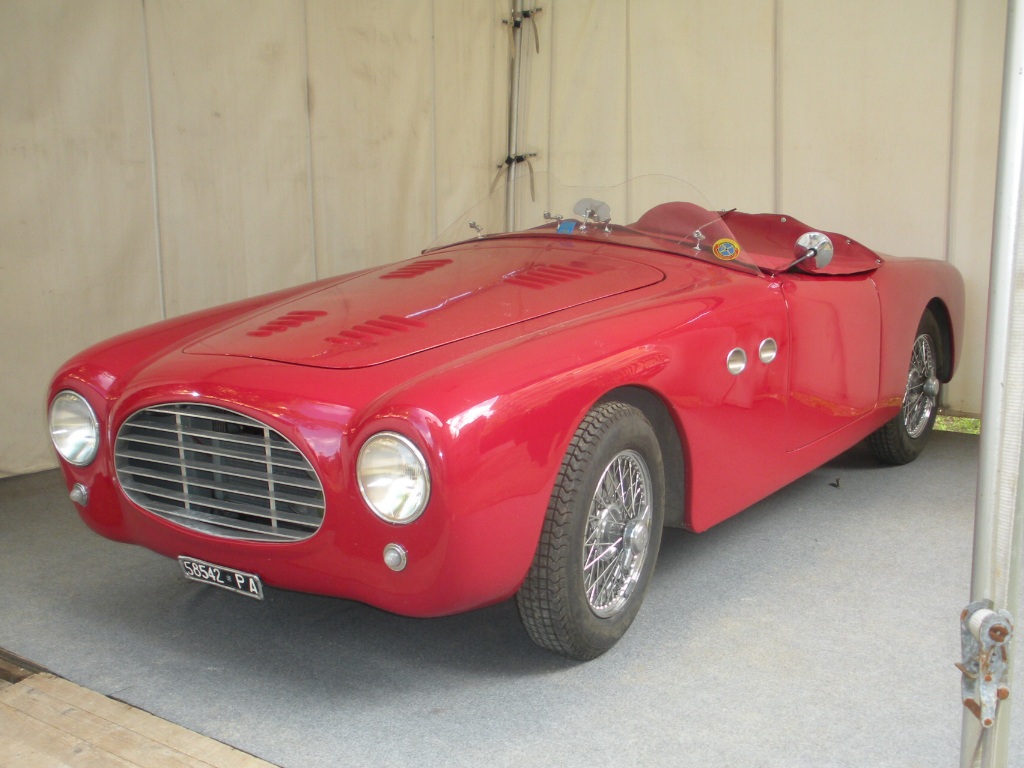
Another Siata, a 1100 sport that belonged to Baron La Motta, a prominent figure of the Palermo bourgeoisie and an excellent driver, and is now owned by the Targa Florio foundation.
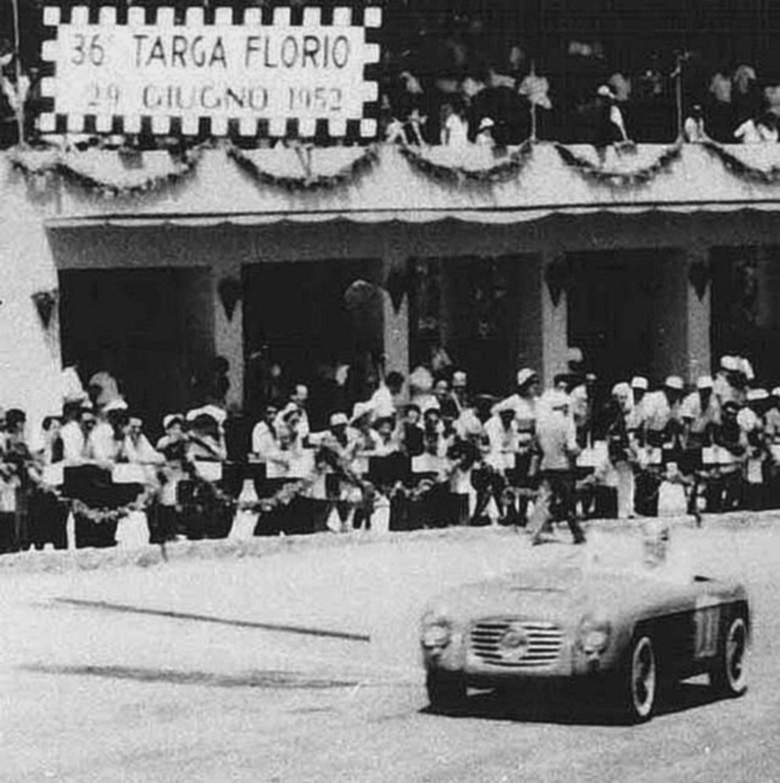
A Siata Gran Sport entered in the 1952 Targa Florio with the number 100, conducted in the race by the pilot Giuseppe Consiglio who finished 14th. Photographer unknown.
More on Siata from the pages of VeloceToday
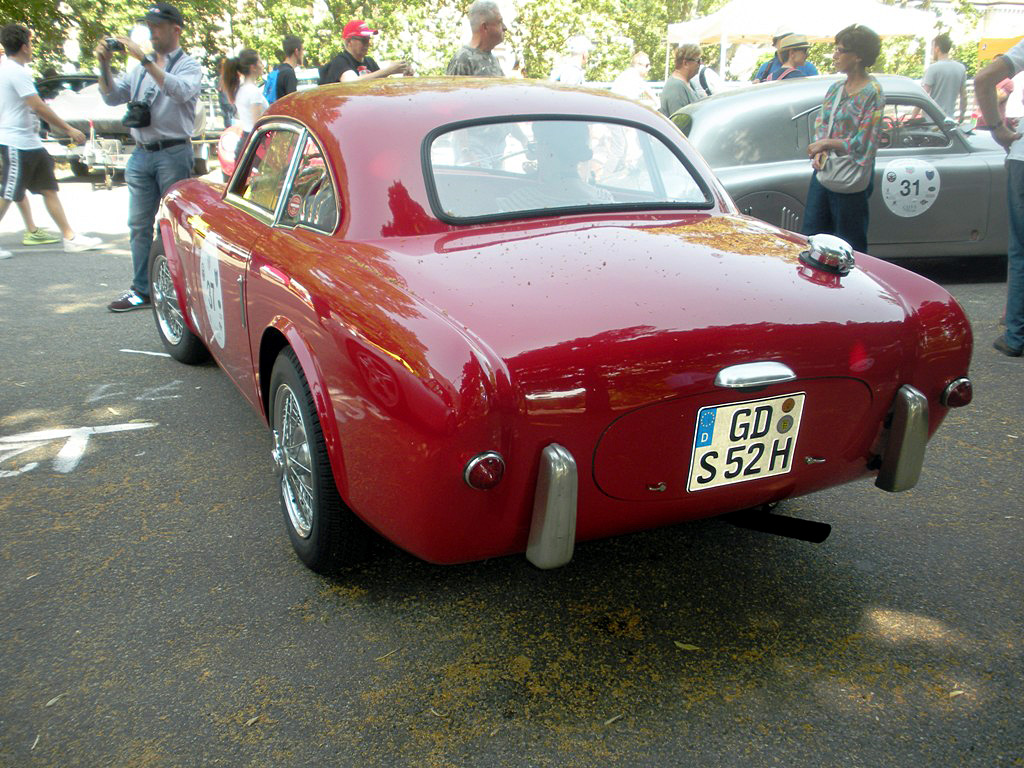
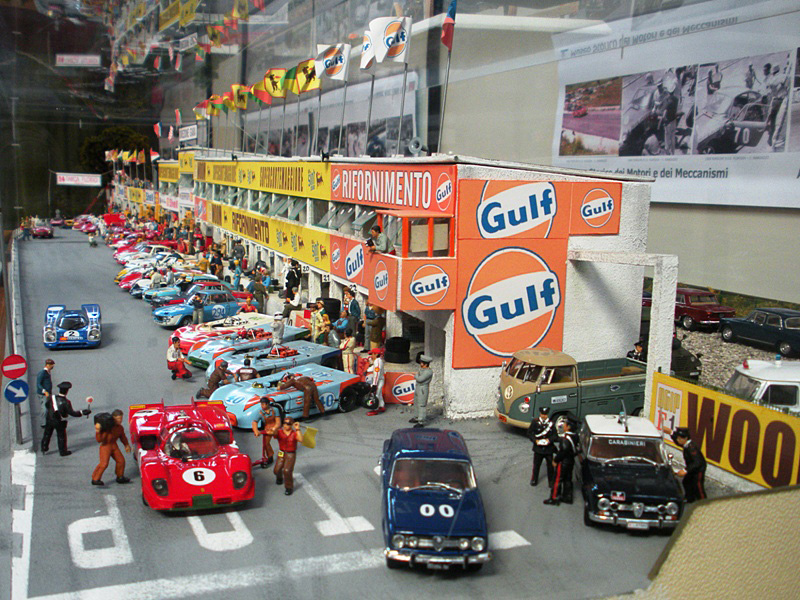

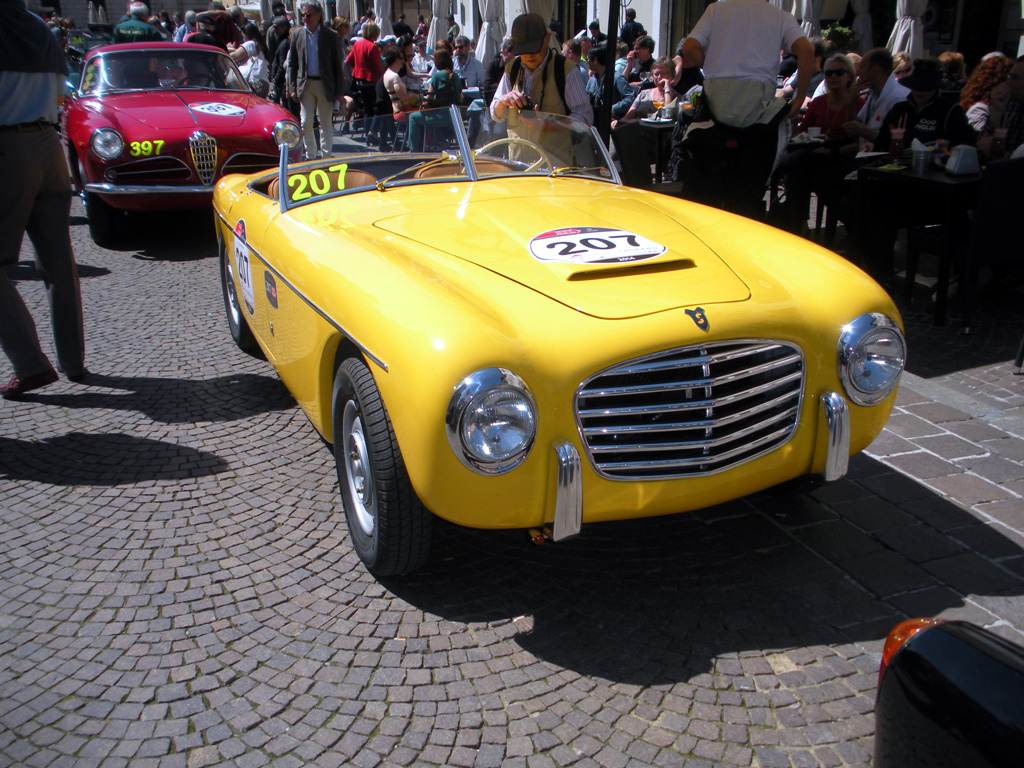
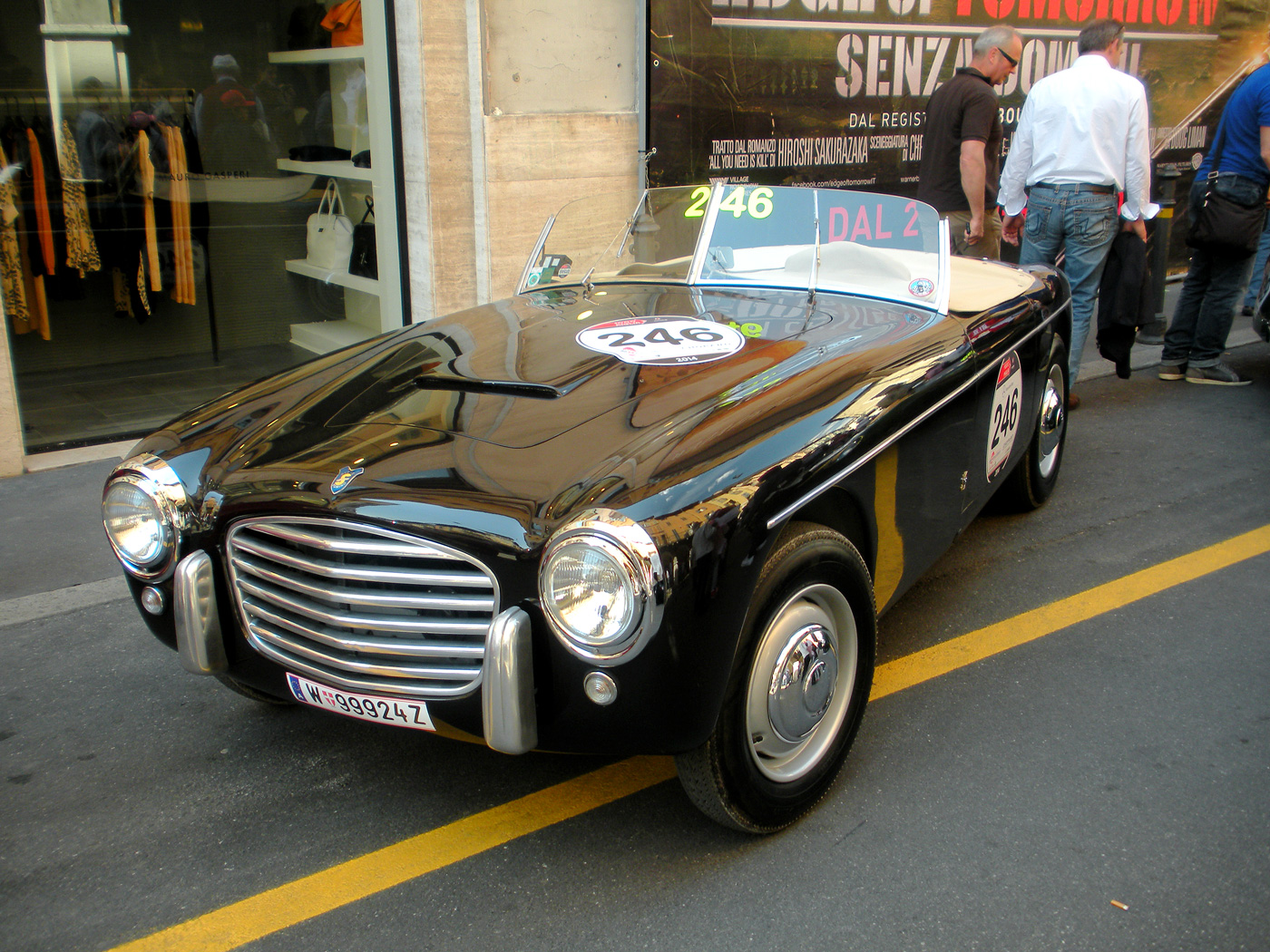
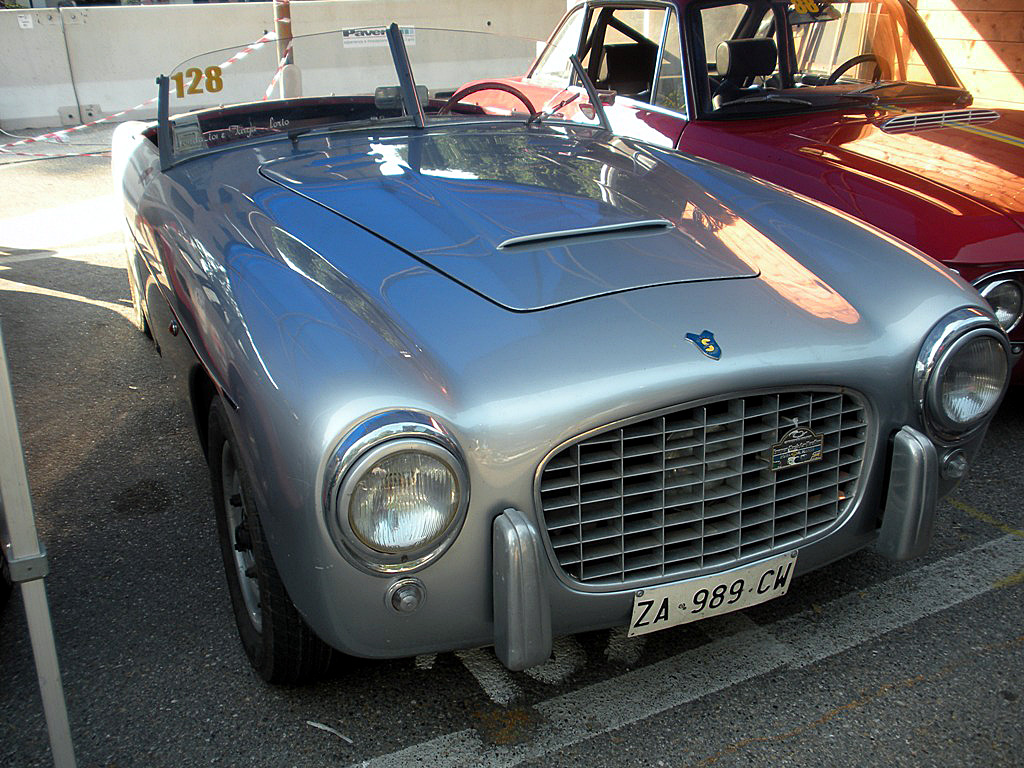
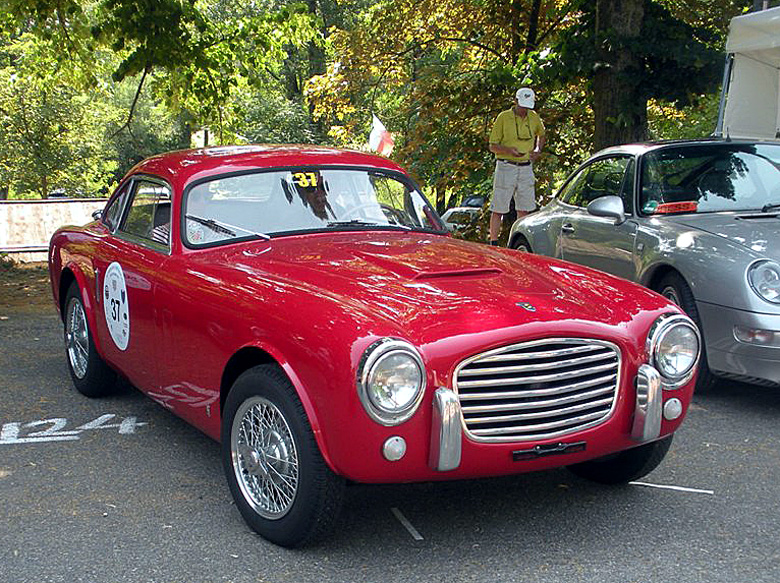
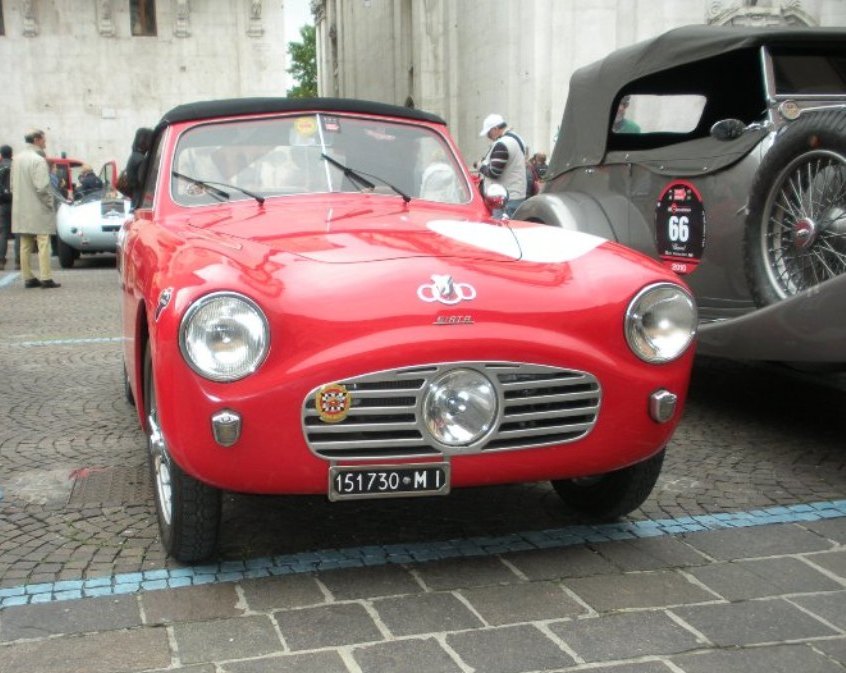
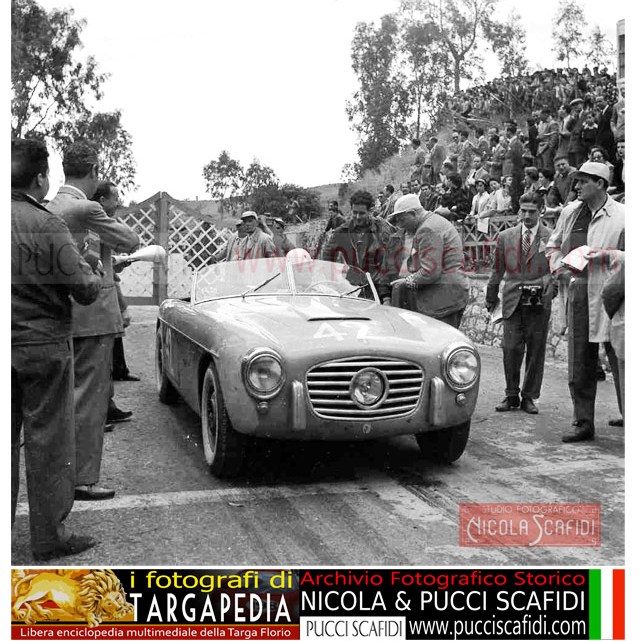
Hi Pete —
Thanks for running this piece on the Siata Gran Sport. Nobody ever actually called them a Daina. It was either Gran Sport or Siata 1400. The 1500 engine was mainly for marine applications. These were great little cars. I had two of them myself. Their handling was terrific. Brakes were pretty good too. My friend Dick Irish, with Bob Fergus as his co-driver, finished 3rd overall in the 1952 Sebring 12-Hours, ahead of three Ferraris and three Jaguars.
Carl Goodwin
I was excited to read the article on the Siata. I have been a Siata owner since 1964.
Mine is a Siata 1392cc. It was restored in 1979. I showed it in concours for 2 years, but no one seemed to know what it was or how to judge it.
then I entered it into historic racing in 1981, and have been racing it for 38 years.
In 1985 I was asked to be in a photo shoot by Automobile Quarterly. The photos appeared in the 1985 2nd quarter edition,Volume XXIII, Number 2.
A controversy arose over the name ” Daina”. my car s/n SL0248 is badged “Daina”, and has a factory I.D. plate on the firewall with that designation.
I also have sales literature depicting a deer with the model car.
in 1983, Bob Fergus was at the Monterey Historic where I was competing. I met him and got him to autograph a copy of the Sebring 12 hour in which he had placed 3rd.
When I first obtained my car in 1964, I met a gentlemen who said Siatas had raced in the Carerra Panamerica in Mexico. I made that my theme for my car altho I had no idea at the time, which car, and later learned that Ernie McAfee drove a Siata 208 , and crashed it there. Later, also at the Monterey Historics, I met Jack McAfee who also had raced the “Mexican Road Race”, many times in lots of different cars. Then I decided to leave the theme on my car and dedicate it to Jack and Ernie who raced Siatas in the 50’s. I have photographs and literature that I have been collecting for over 50 years. I still own the car, and it is licensed for the road.
I have given my son my SIATA Gran Sport SLO212, and it continues to be a beautiful car, of special interest with the original 1400 CC engine, 32DRP Weber carbs and SIATA manifold It features beautiful dual purpose instruments changed after number SLO 215 I showed the car at Pebble Beach in 1991 and received a 2d in class award, first place going to an 8V 208 SIATA. the best info I have ever received re the car is in Automobile Quarterly, Volume 23 #2 ,shows my car blue with the wrong grill corrected and made by John DeBoer
What could possibly be the problem with the name Diana? In Bensonhurst in Brooklyn in the fifties there was a gentleman whose name was Joe Diana or Dana? Don’t think the car was named after him but it seems to be a known Italian name.